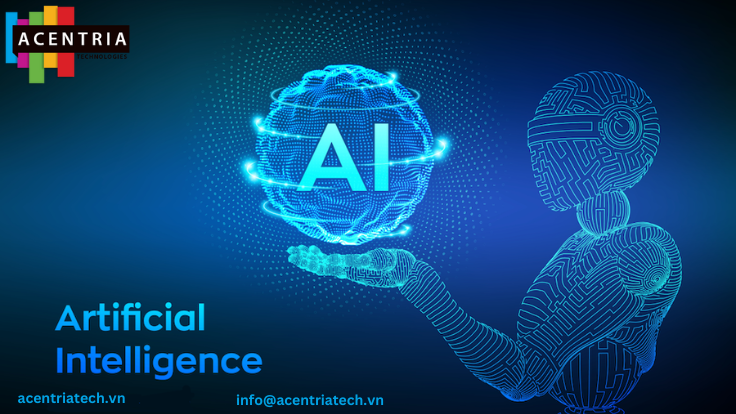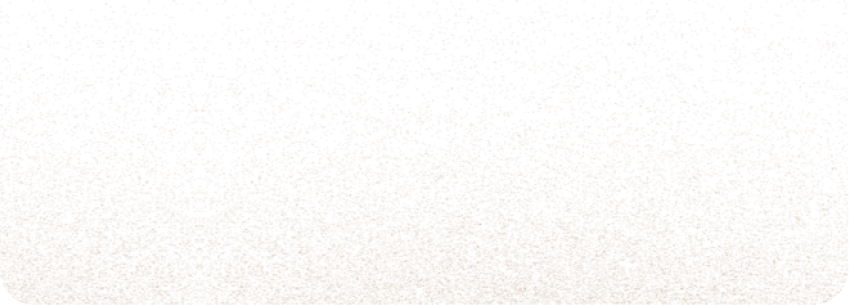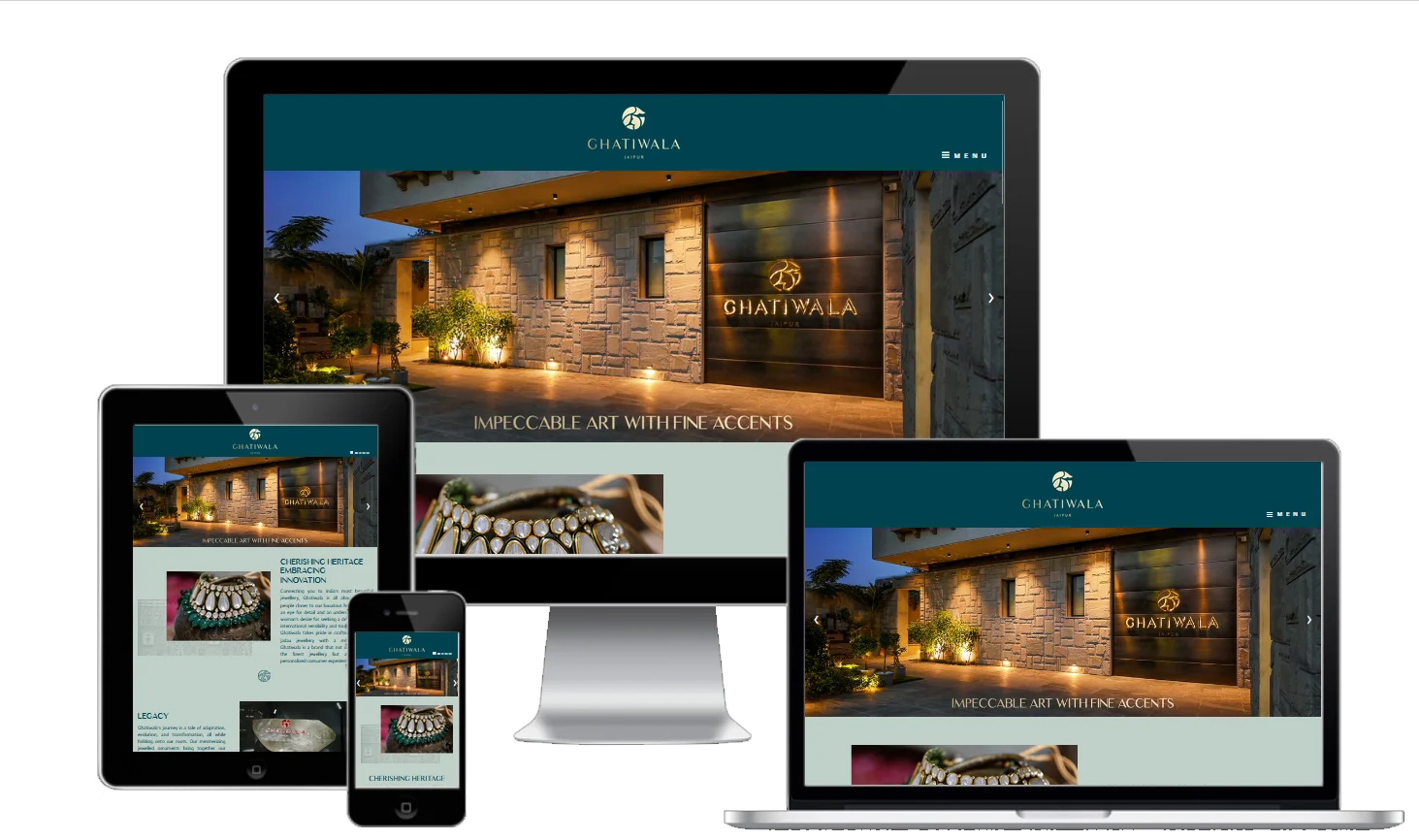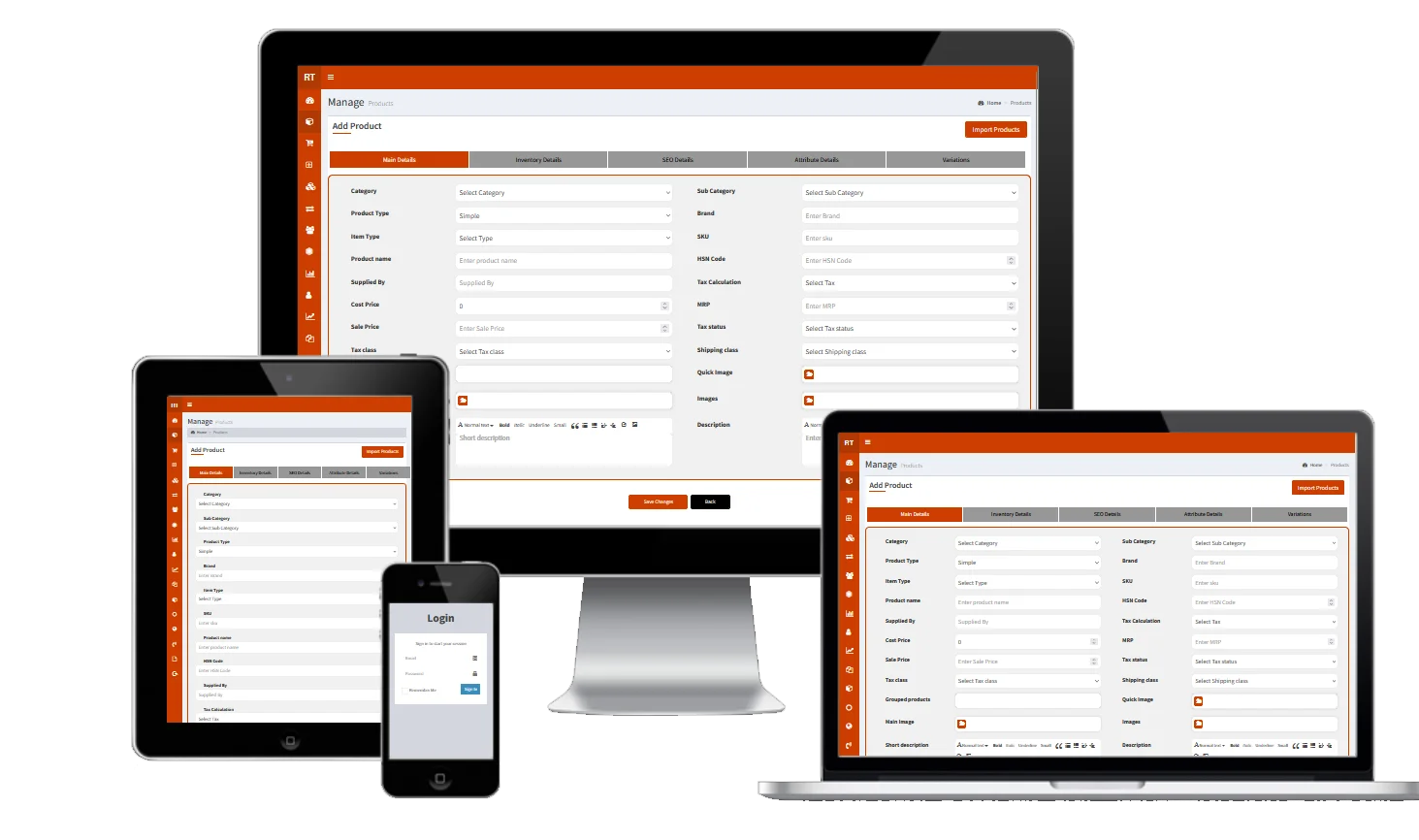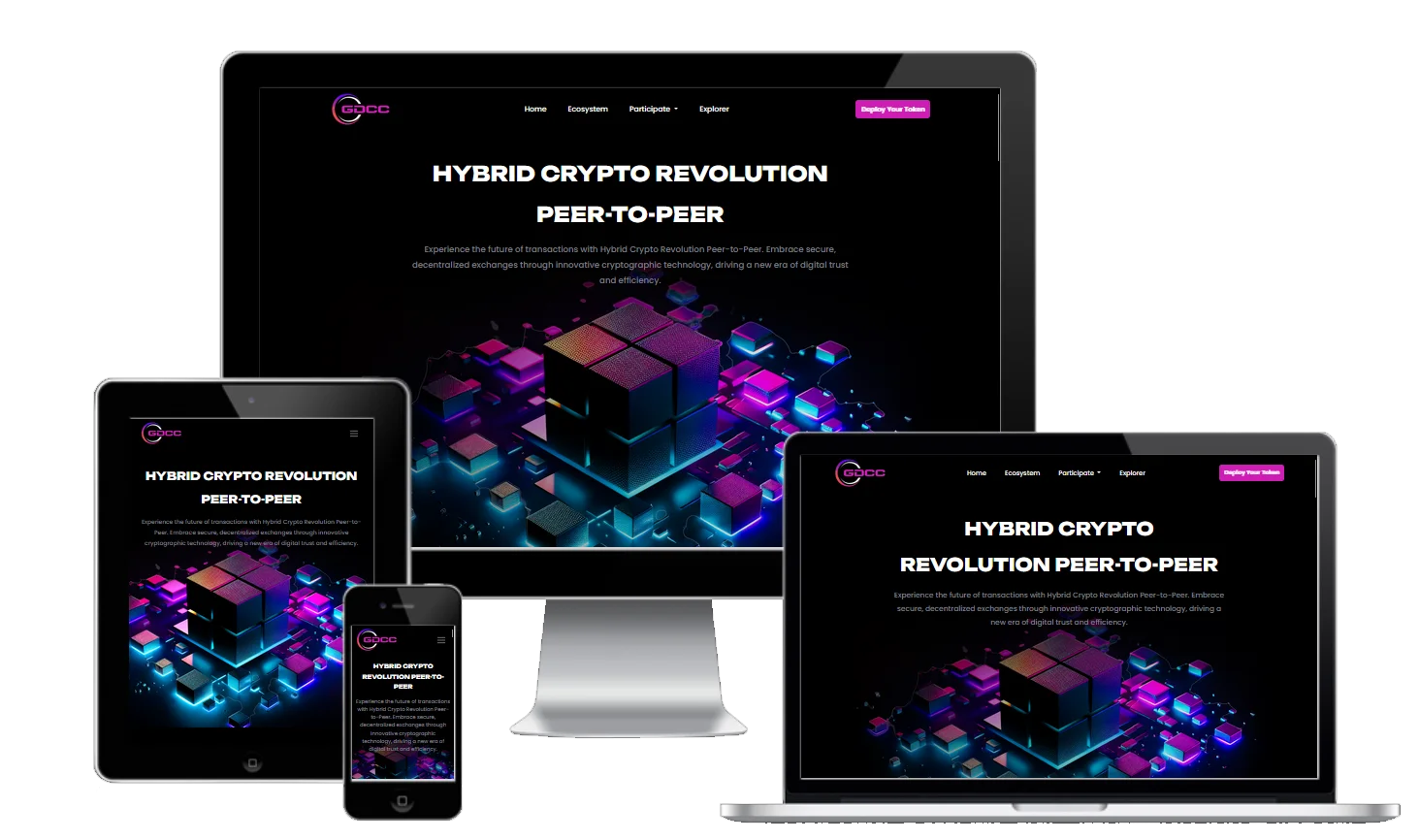Software Development Trends in 2024-25
Best Software Development Trends to Follow in 2024-25
For cost and operational effectiveness, companies in all sectors are increasingly using software development services. Data security and regulatory compliance concerns are also being addressed by expedited procedures. TypeScript, Kotlin, Go, and Swift are among the new programming languages that are redefining software development practices. They are lowering the entrance barrier for non-technical users while enabling developers to construct apps using the newest technologies.
The Software Development Process's Dynamic Evolution
The software development industry is one that is always changing as new trends and technological advancements take hold. In order to develop cutting-edge applications and technologies that satisfy consumer and societal demand, professionals in the industry must stay up-to-date on these changes.
Several significant developments in software development that are influencing the industry include the use of blockchain technology, the use of microservices design, and the deeper integration of AI and ML technologies. Businesses are also prioritizing sustainable development and cybersecurity more than before.
Using contemporary programming languages like Kotlin, Swift, Go, and Rust is becoming more and more popular among software engineers. These contemporary languages are becoming more and more popular than more traditional programming languages like Python and Java because they include fresh features that can enhance application performance. In addition, full-stack development has grown in significance and is predicted to do so again in 2024–2025. Developers will be able to create apps more quickly and effectively as a result of the rising usage of these languages. As a result, creating and implementing sophisticated innovations like augmented reality (AR) will be simpler, as will virtual reality (VR).
Businesses can utilize VR and AR, for instance, to build interactive employee training programs or to create real-world simulations for their stakeholders and customers. The goal of DevOps is to integrate and optimize an organization's development and operations processes through a set of techniques, concepts, and technologies. Its main objective is to improve cooperation between the IT operations and software development teams in order to speed up the software development lifecycle and raise the caliber and efficiency of software delivery.
What's Trending in 2024 Software Development?
The trends in software development are constantly evolving, so it's critical to stay current if you want to maintain your company's competitive edge. From the growing acceptance of blockchain technology to the deeper integration of AI and ML technologies, in 2024, software engineering will be led by these innovative technologies.
Furthermore, software development is starting to prioritize security more and more. Developers are anticipated to use DevOps and deploy continuous monitoring solutions as more firms prioritize resilience and disaster recovery strategies. The application of microservices architecture is another new trend. The goal of this new development paradigm is to break down application processes into manageable chunks that can be modified on their own. Compared to traditional monolithic design, which employs a single code base for all processes, this enables more agility and scalability.
Virtual reality is another technological development to keep an eye on since it is predicted to gain popularity among consumers and companies alike. Specifically, VR headsets will allow developers to produce engaging, interactive user experiences that can enhance teamwork, communication, and production.
Enhanced AI and ML Inclusion
Artificial Intelligence is becoming indispensable in the field of software development. Artificial Intelligence frees up time for developers to concentrate on innovative and difficult problem solving by automating monotonous chores and streamlining processes. Because of this, businesses from all sectors are using AI-powered software platforms to produce products more quickly and affordably. These systems don't need to undergo a lot of manual testing or disturb current procedures in order to analyze data and provide unique solutions that optimize operations.
AI is also useful for finding and fixing issues. To lower the risk of software failure, it can, for instance, search codebases for faults and highlight any departures from best practices and coding standards. This proactive strategy guarantees software safety while saving time and resources for final consumers
Python's popularity as a programming language for AI and ML applications keeps expanding because of its adaptability and large collection of related tools and modules. It is also extremely scalable and adaptable. Its ability to function on any operating system further enables developers to produce cross-platform applications that provide a unified user experience.
Investing More in Progressive Web Applications
The software development sector is a dynamic one. To remain competitive, firms must stay up-to-date on the newest trends. The democratization of application creation is one of the major developments in the field of software development. Software development time is being drastically reduced by the usage of tools like Bubble and Microsoft Power Apps, which enable consumers to design solutions with little to no coding experience.
Web apps that are progressive (PWAs) are prepared to take the lead in 2024. They offer offline capabilities and a seamless user experience, bridging the gap between web and mobile apps. PWAs can also show up on search engine results pages because they are search engine friendly. The language's popularity is still rising, and several internet companies have invested in this trend.
In the previous year, it even rose to the top of the Tiobe Index. The PWA's popularity is a result of its many advantages, which include security and quicker development times. Because of this, it's the perfect option for companies wishing to create online applications. Additionally, it's less expensive than creating a native Mobile Application Development for several platforms.
Businesses Adopting No-Code/Low-Code Development
Although creating a traditional application requires employees of all skill levels, they can utilize low-code/no-code platforms, which require specialist coding knowledge and can be rapidly built using user-friendly interfaces. By empowering non-IT divisions to handle business difficulties promptly instead than waiting for IT to finish projects on their behalf, this helps shorten project durations. Furthermore, by using these solutions, current resources can be used more effectively without the need to hire and onboard new team members. This enables businesses to increase operational efficiency and more effectively handle their most urgent business needs.
As a result, in just five years, searches for the keyword "low-code" have increased by 286%, and 2024 appears to be a promising year for this software development trend. This method gives a new person additional problem-solving skills. A workforce that is naturally tech-savvy and wants to be able to design and execute solutions on their own. Additionally, it frees up expert developers to devote more time to high-value programming tasks and other projects that give their companies a competitive edge.
The Rise of GreenOps and FinOps
The best approach for companies to remain competitive in the ever-evolving software development market is to keep up with the latest developments. Businesses need to use the newest technology and modify their procedures to better serve customers if they want to stay relevant. This will involve the growing use of microservices architecture, the integration of AI and ML technologies, and the creation of hybrid development tools by 2024.
Additionally, software creation is becoming more accessible. increase in tandem with the rise of low-code and no-code systems. These technologies drastically cut down on development time by enabling users with little to no coding experience to create and launch applications. Furthermore, a lot of these tools provide developers with shortcuts that facilitate speedier work.
The application of green IT methods is another developing trend. The use of cloud-based solutions, which offer lower costs, more security, and enhanced environmental sustainability, is what's driving this. In 2024, this tendency will further intensify as businesses look to streamline their accounting procedures and implement environmentally friendly policies. FinOps and GreenOps will grow as a result, and by 2024 they will play a significant role in software development.
Computing Without a Server
Serverless computing is a prevalent trend in software development that makes use of prepackaged functions to run applications, like as those found in Microsoft Azure Functions and Google Cloud Functions. With this technique, developers don't have to worry about scaling or deploying backend infrastructure when creating applications that can react to particular events. Moreover, it facilitates local testing and simulation to speed up deployment cycles while in development.
The rise of AI tools, which enable developers to debug code more quickly, is another trend in software development to keep an eye on. In the past five years, searches for AI software like GitHub Copilot have increased by over 929%, and this trend is predicted to continue.
Furthermore, the need for full-stack engineers is only increasing as more companies look to build scalable, high-performing programs. These experts are in charge of creating web apps from the ground up.
end to the backend and are highly sought after by businesses of all kinds. Many reasons contribute to this demand, one of which is the growing acceptance of contemporary programming languages like Kotlin, Swift, Go, and Purse Script.
In summary
Because of the emergence of new technology and creative coding methods, the software development industry is always evolving. To stay ahead of the competition and give their customers the greatest experience possible, businesses must adhere to these trends. To improve efficiency, security, and performance, software development processes are increasingly using AI and ML technology. They are employed in manufacturing, finance, and healthcare to enhance patient diagnoses and customize treatment regimens, as well as to anticipate risk and fraud. help lower operational expenses and boost efficiency.
The popularity of microservices architecture is still rising because it provides a more adaptable and nimble method of developing software. By using APIs, the technology breaks down a program into separate services that may be deployed independently and interact with one another. Multi-runtime microservices, the newest iteration of this trend, provide developers greater flexibility by enabling the use of several runtime environments, data storage methods, and coding languages.
Low-code/no-code development is becoming more and more popular because it makes it possible for non-programmers to write useful software. This helps address the scarcity of software engineers and is a welcome departure from conventional approaches. explore here for know more about us.

